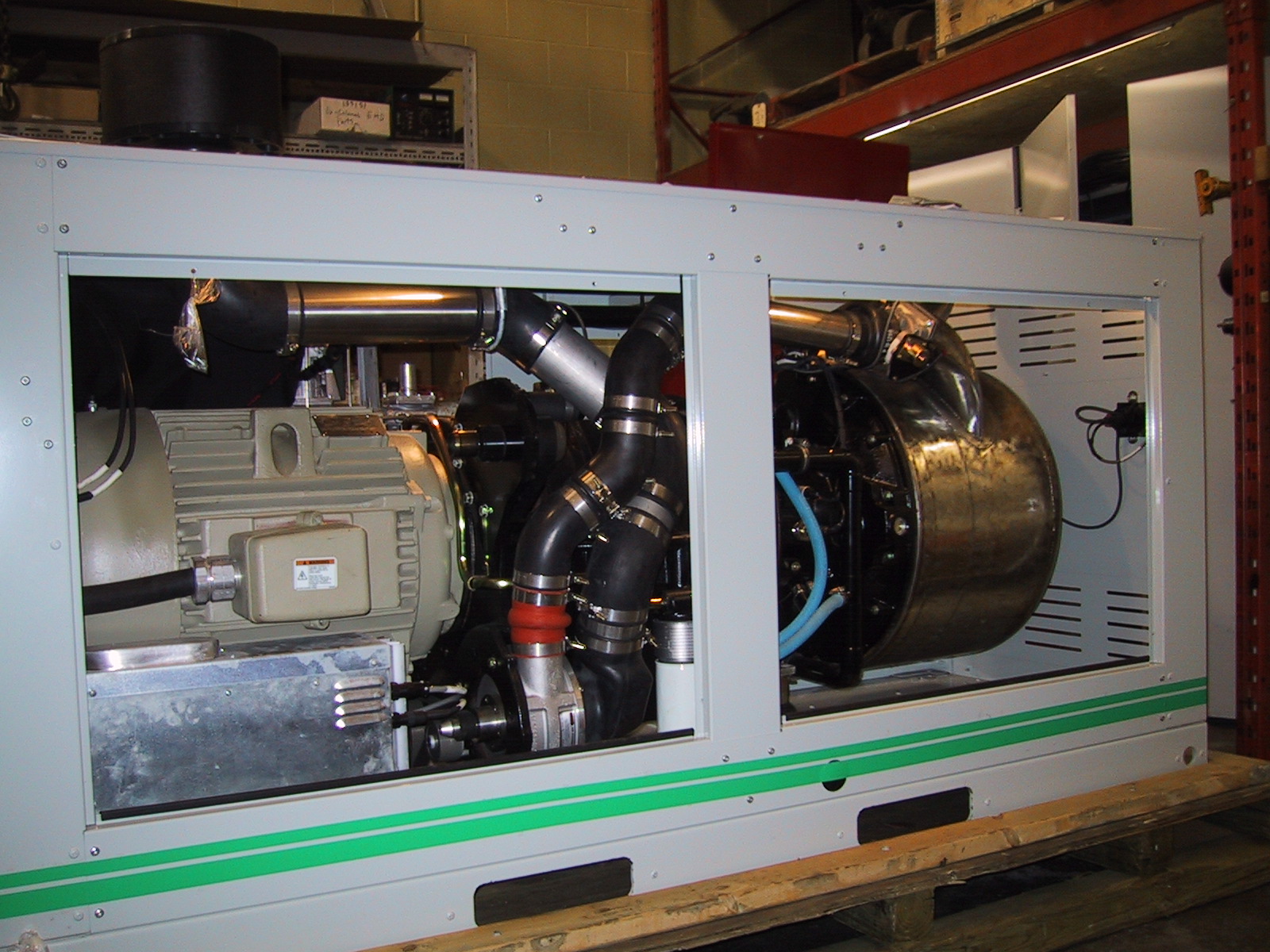 If you’re not familiar with this term used in the world of wine, the bung hole is simply the hole on the top of a barrel. It-turn, the bung hole is covered with a bung or bung plug – similar to what a cork does. Other names like stopper, cork or taper can be used to describe a bung. The bung plug typically can be made out of almost anything including plastic, rubber, glass, silicone and of course wood.
If you’re not familiar with this term used in the world of wine, the bung hole is simply the hole on the top of a barrel. It-turn, the bung hole is covered with a bung or bung plug – similar to what a cork does. Other names like stopper, cork or taper can be used to describe a bung. The bung plug typically can be made out of almost anything including plastic, rubber, glass, silicone and of course wood.
There are advantages to each product such as the fact that rubber is easy to manipulate and move, while plastic is cheaper, glass looks the best and silicone might breath the best. These different attributes are important, and maybe there’s a little bit of all of them in wood bungs.
Wooden Bung Plug
The wood bung plug that is offered here is two inches in diameter on the outside or top of the bung, and roughly one and three quarters inch on the end or inside. Though each is handmade and therefore unique from each other, they are about an inch and a half long. Paso wine Barrels came up with the size based on the typical wine barrel bung hole, which is an inch and seven eighths to just a hair shy of two inches in diameter. The inch and a half is long enough to be able to grab hold of to pull off, yet not too short that you can’t get a hold of it to take off. Note, a typical wine barrel capacity is 58-60 gallons or about 225 liters.
To make this unique bung plugs, a two inch pine dowel is cut about an inch and a half long. Then its sanded until the taper will fit a test bung hole. Roughly an inch of the bung length has a taper. The edges and ends are sanded, then stain and sealed with a dark cedar tone. This offers a longer lasting and better looking bung plug. Unlike glass, wood does have a little bit of breathing ability and yet is more natural than plastic, rubber or silicone. If you’re interested in a truly working bung plug to make beer, wine or spirits, there is the ultimate plug called the LUX bung. Click here to check out a story done on it a couple years ago.
Other than staves, the wood bung plug is the single most popular item sold at PasoWineBarrels.com. Every state in the union has one and its popularity continues to grow.

Decorative barrel with LUX bung
I’m sure some of you including millennials have been snickering while reading, thinking the whole time about the term bung hole; but, this discussion is only talking about barrels and not butts.
Many holes in containers like barrels, are universally made to two inches, therefore Paso Wine Barrels bung plug can used in many different applications, including the larger alcohol related barrels like puncheons, casks and tun. So, whether you’re looking for a bung stopper, cork, taper or whatever you may call it, this is the bung plug for you.
“I find friendship to be like wine, raw when new, ripened with age, the true old man’s milk and restorative cordial.” – Thomas Jefferson
Cheers,
Daryle W. Hier
.
Get this popular rare genuine coat and hat rack now!










 Racking process
Racking process












 Oh no, Canada
Oh no, Canada
